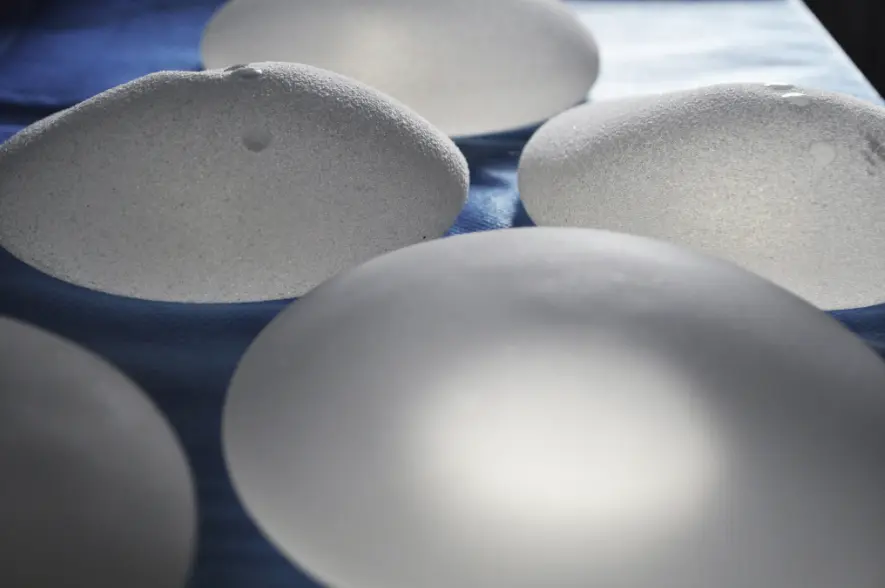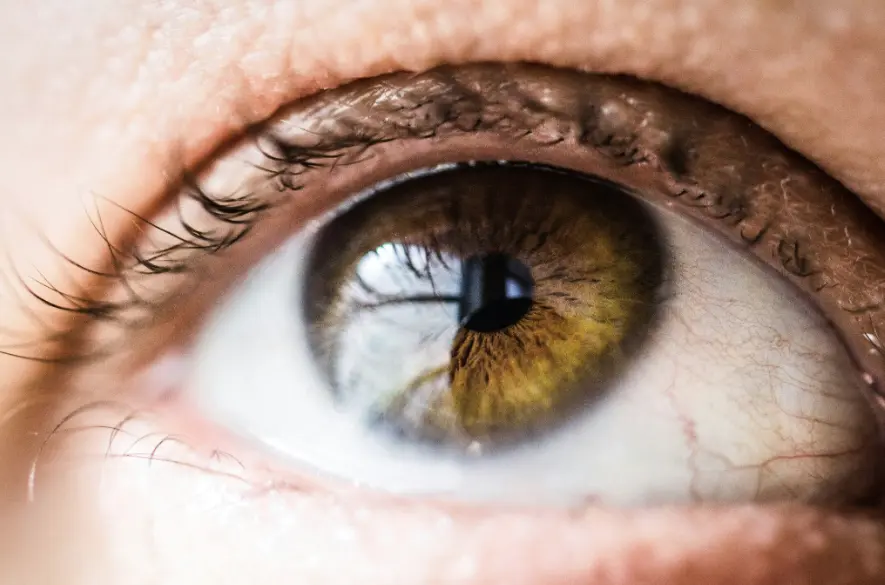Scarring is a normal part of healing — but with the right care, you can keep them minimal. Follow your surgeon’s post-op instructions, avoid sun exposure and tension on the wound, stay hydrated, and eat a nutritious diet. Use silicone gels or sheets as directed, avoid smoking, and never pick scabs. For stubborn scars, laser, micro-needling, or steroid treatments can further smooth your results.
We all have insecurities about our bodies, but the good news is, there are plenty of surgical options that can address these issues. From facelifts to breast augmentations and tummy tucks, there’s something for everyone.
But the reality is that with any type of surgery, there will always be some degree of scarring. While you can’t eliminate them completely, there are certainly ways you can reduce the appearance of scars. By being proactive, you may be able to make them less noticeable.
Read on to find out how to minimize scarring after surgery so you look and feel your best.
Follow Post-Operative Care Instructions
We can’t emphasize just how important it is to follow all post-operative care instructions given to you by your surgeon. So if you were wondering when to start scar treatment after surgery, the answer is right away.
It’s vital that you keep the wound clean and dry, and prevent infection by cleaning the area as instructed. If it gets infected, your incision site will be more at risk for hypertrophic scarring, which results in a thick and raised scar.
Your surgeon may prescribe you ointments and silicone gels or sheets, which may help the healing process and reduce the appearance of your scars. They’re considered the best scar treatment after surgery; just make sure to use them as directed.
In addition, change the dressings as instructed. Keeping your wound covered will help protect it from dirt and bacteria, which will also decrease the chance of infections.
Avoid Sun Exposure
You may already know that the sun can darken your skin due to its ultraviolet rays, but did you know that it can darken scars too? With more pigmentation, your scars will be more visible, so if you want them to be less noticeable, make sure to avoid sun exposure.
If this isn’t possible, then practice good scar care after surgery by covering the area with clothing for protection. After you’ve healed completely, use sunscreen to prevent the scar from darkening.
Don’t Strain the Area
Putting any sort of strain on your skin can make the scars worse, as it’ll pull the incision apart. This creates a bigger wound, and as a result, you’ll have a bigger and more noticeable scar.
You shouldn’t do anything that’ll put tension on or overuse the skin, such as lifting or bending. Follow your surgeon’s instructions on refraining from physical activity, and listen to your body if necessary. For example, if they said to avoid intense exercise for six weeks but you’re still not feeling 100% at that point, then rest more to let your body heal optimally.
Stay Hydrated and Eat a Healthy Diet
Good hydration and nutrition are key to healing effectively. Make sure you’re drinking plenty of water every day; avoid alcohol and caffeine since they’re diuretics, which means they dehydrate your body. Drinking more water may aid in faster recovery.
While you’re healing, you should also eat a nutritious diet. Protein is essential for healing, so aim for foods like chicken, beef, pork, fish, and seafood. Vegetarians/vegans can add more nuts and legumes (especially soy) to their diet.
Try to keep your intake of junk and fast food to a minimum, as these items don’t have much nutritional value. If you eat too much of these foods, it may even hinder healing since you might have insufficient vitamin and mineral intake.
Don’t Smoke
One of the most effective methods for scar prevention after surgery is to refrain from smoking. If you’re a smoker, you should’ve already quit prior to your procedure. However, it’s imperative that you don’t pick it back up afterward.
Smoking can delay healing, which can then result in more pronounced scars. More importantly, it can increase the chance of post-surgical complications, creating numerous other problems.
Don’t Pick the Scabs
It’s tempting to pick at your scabs, especially if they’re itchy. But scratching will only provide temporary relief, and you may reopen wounds, leaving them prone to infections. Plus, you’ll damage your skin and cause more noticeable scarring.
A more effective way to get relief is to apply cold compresses. Simply wrap an ice pack with a clean cloth or towel and apply it to the itchy area for short periods. Don’t leave it on for too long, as it can cause damage.
Should you find the itching unbearable, you can ask your doctor to prescribe or recommend anti-itch creams or ointments.
Get Scar Tissue Massages
Studies have shown that gentle massaging of scar tissue may help improve its appearance, so this may be an effective treatment.
Do note that you shouldn’t massage the site before the incision has healed. Also, you should have an experienced physical therapist perform the scar tissue massage for maximum effectiveness. They’ll show you how to do it at home to continue enjoying the benefits.
Get Dermatological Treatments
You can try all of the above, but none of them guarantee that you’ll have a minimal scar. If you’re not happy with the results once you’re completely healed, then you ca try dermatological treatments.
For instance, there are skin boosters that can boost your skin’s elasticity and luminosity. This will give it a soft and smooth appearance, with the added benefit of an anti-aging effect.
Other treatments include laser therapy, micro-needling, and steroid injections. Consult with a medical professional to see which will work best for you.
Know How to Minimize Scarring After Surgery
Getting the procedure you’ve always wanted can really boost your confidence and change your life. However, scheduling your appointment and having it done is only half the battle.
Afterward, you’ll have to take good care of yourself to ensure you heal properly. And by knowing how to minimize scarring after surgery, you’ll look amazing once you’re completely healed.
Get in touch with us now if you’re interested in having a plastic surgery procedure done. Dr. Valdez is a compassionate surgeon who is one of the 12 Mexican doctors who are part of the American Society for Aesthetic Plastic Surgery.
References
- High-Protein Foods for Wound Healing. Accessed September 10, 2024. https://myhealth.alberta.ca/Health/pages/conditions.aspx?hwid=abs1199&lang=en-ca
- Schmieder SJ, Ferrer-Bruker SJ. Hypertrophic Scarring. In: StatPearls. StatPearls Publishing; 2024. Accessed September 10, 2024. http://www.ncbi.nlm.nih.gov/books/NBK470176/
- Al-Shaqsi S, Al-Bulushi T. Cutaneous Scar Prevention and Management. Sultan Qaboos Univ Med J. 2016;16(1):e3-e8. doi:10.18295/squmj.2016.16.01.002
- Bleasdale B, Finnegan S, Murray K, Kelly S, Percival SL. The Use of Silicone Adhesives for Scar Reduction. Adv Wound Care (New Rochelle). 2015;4(7):422-430. doi:10.1089/wound.2015.0625
- Smoking greatly increases risk of complications after surgery. Accessed September 10, 2024. https://www.who.int/news/item/20-01-2020-smoking-greatly-increases-risk-of-complications-after-surgery
- Deflorin C, Hohenauer E, Stoop R, van Daele U, Clijsen R, Taeymans J. Physical Management of Scar Tissue: A Systematic Review and Meta-Analysis. The Journal of Alternative and Complementary Medicine. 2020;26(10):854-865. doi:10.1089/acm.2020.0109
Frequently Asked Questions
How can I prevent scars after plastic surgery?
The best way to prevent scars is to follow all post-operative care instructions. Keep the wound clean and covered, use silicone-based gels or sheets, and avoid strain on the incision area. Proper hydration, nutrition, and rest also help your body heal smoothly.
When can I start treating scars after surgery?
You can begin basic scar care as soon as your surgeon approves, typically once the incision is fully closed. Early use of silicone gels or sheets and gentle massage (when advised) can help reduce scar thickness and improve appearance.
Does sun exposure make scars worse?
Yes. UV rays can darken scars and make them more noticeable. Always protect healing skin by covering it or using broad-spectrum sunscreen once the area is fully healed.
What treatments can reduce existing scars?
Options include laser therapy, micro-needling, steroid injections, or skin boosters to smooth and soften scar tissue. Always consult with a qualified dermatologist or plastic surgeon to choose the best approach for your skin type.






